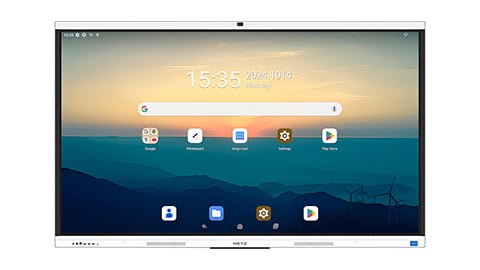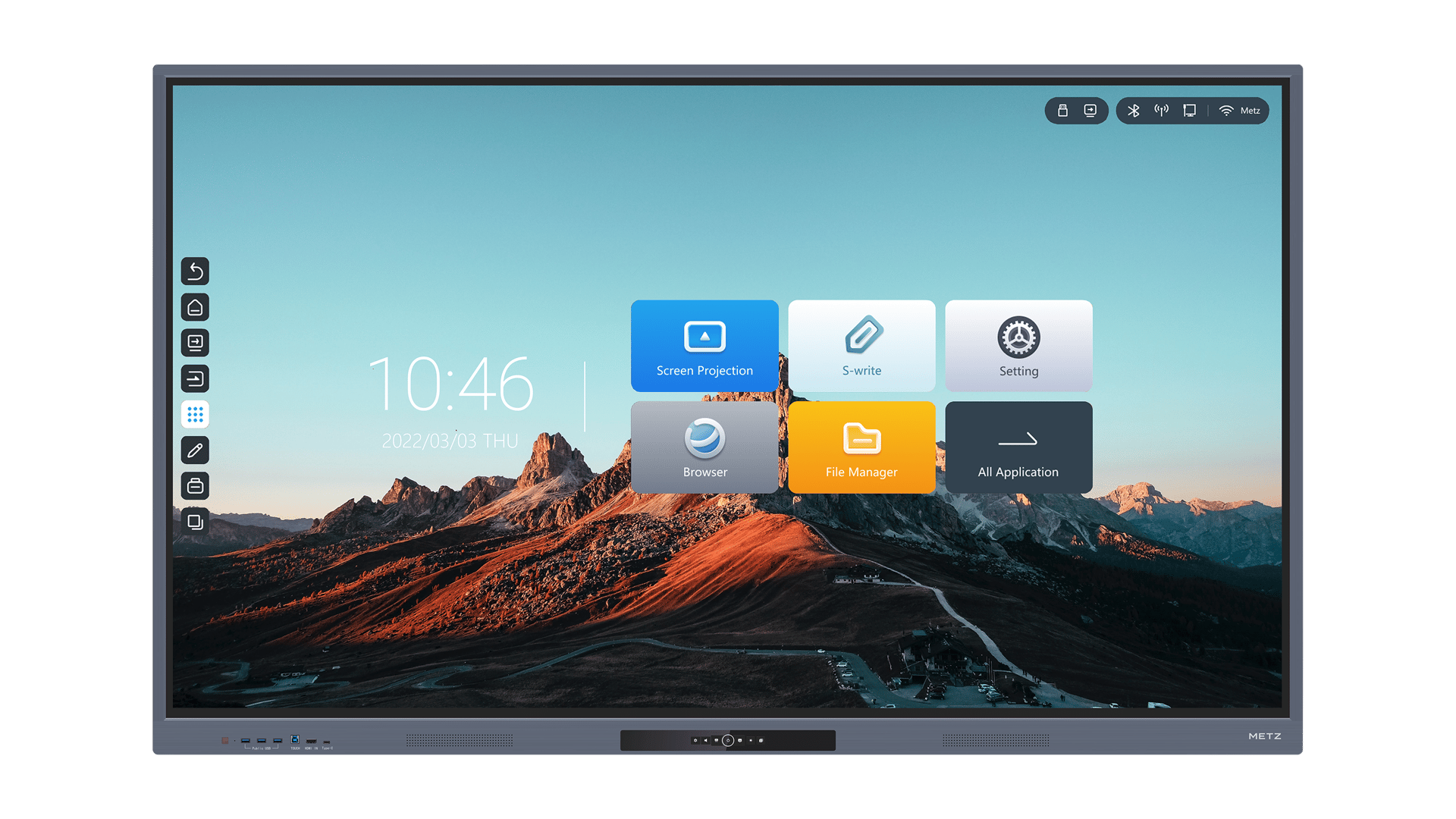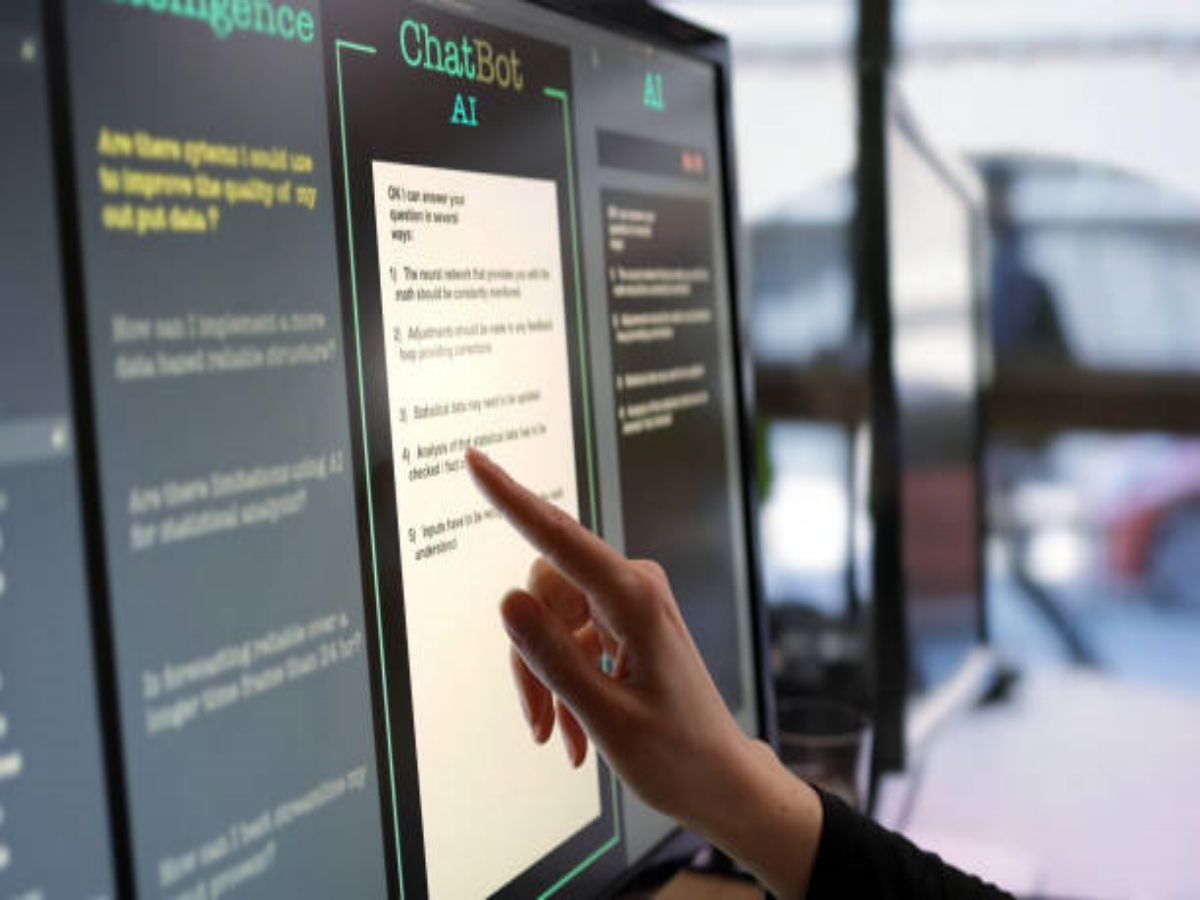education smart board: Revolutionizing the Classroom
Education has always been a vital aspect of our society, and with the rapid advancements in technology, it is no surprise that classrooms are now equipped with smart boards. A smart board, also known as an interactive whiteboard, is a powerful educational tool that offers a range of benefits for both teachers and students. In this article, we will explore the various aspects of education smart boards and how they are revolutionizing the classroom.
Enhancing Engagement and Interaction
One of the most significant advantages of education smart boards is their ability to enhance engagement and interaction in the classroom. Unlike traditional whiteboards, smart boards allow teachers to display multimedia content, including videos, images, and interactive apps. This dynamic and visually stimulating environment captures students' attention and encourages active participation.
Furthermore, education smart boards enable students to interact directly with the board. With touch-screen functionality, they can write, draw, and solve problems directly on the board, making the learning process more interactive and collaborative. This hands-on approach not only fosters creativity but also improves critical thinking and problem-solving skills.
Facilitating Multisensory Learning
Incorporating multiple senses into the learning process has been proven to enhance retention and understanding. Education smart boards offer a multisensory learning experience by combining visual, auditory, and kinesthetic elements. Students can watch educational videos, listen to audio clips, and physically interact with the board, allowing them to absorb information in different ways.
Furthermore, smart boards provide teachers with the flexibility to adapt their teaching methods to suit various learning styles. Whether a student is a visual learner, an auditory learner, or a kinesthetic learner, the smart board can cater to their individual needs, ensuring a more inclusive and effective learning environment.
Access to Vast Educational Resources
Gone are the days when teachers had to rely solely on textbooks and printed materials. With education smart boards, teachers have access to a vast array of educational resources at their fingertips. They can easily browse the internet, access educational apps, and use online teaching platforms to supplement their lessons.
This wealth of resources allows teachers to bring real-world examples into the classroom, making learning more relevant and engaging. Students can explore virtual museums, take virtual field trips, and access online libraries, expanding their knowledge beyond the confines of the physical classroom.
Real-Time Collaboration and Feedback
Education smart boards facilitate real-time collaboration and feedback among students and teachers. With features like screen sharing and remote access, students can collaborate on projects and presentations, even if they are not physically present in the classroom.
Additionally, smart boards enable teachers to provide instant feedback on students' work. They can annotate, highlight, and comment directly on the board, making the feedback process more efficient and meaningful. This immediate feedback fosters a continuous learning cycle and allows students to make improvements in real-time.
Customizable and Adaptable Teaching Tools
Smart boards offer a wide range of customizable and adaptable teaching tools that cater to different subjects and grade levels. Teachers can create interactive lessons, quizzes, and games tailored to their students' needs. They can also save and reuse these resources for future classes, saving valuable time in lesson preparation.
Furthermore, education smart boards support the integration of various software applications and tools. Teachers can connect their smart boards to document cameras, microscopes, and other scientific equipment, providing students with a more immersive and hands-on learning experience.
Enhanced Classroom Management
Classroom management is a crucial aspect of effective teaching, and education smart boards can greatly contribute to this area. With smart boards, teachers can easily organize and present information in a structured manner, reducing the chaos and distractions often associated with traditional teaching methods.
Smart boards also allow teachers to save and share lesson materials digitally, eliminating the need for physical handouts and reducing paper waste. Additionally, educators can monitor students' progress and participation more effectively, ensuring that no student is left behind.
Improved Accessibility for Special Needs Students
Education smart boards have proven to be an invaluable tool for students with special needs. The interactive nature of smart boards accommodates different learning styles and provides a more inclusive learning environment.
For students with hearing impairments, smart boards can display captions or sign language videos, ensuring they have equal access to information. Similarly, students with visual impairments can benefit from the enlarged display and audio features of the smart board.
Cost-Effective and Sustainable Solution
While the initial investment in education smart boards may seem significant, they offer long-term cost savings. Smart boards eliminate the need for multiple teaching aids, such as projectors, whiteboards, and printed materials, resulting in reduced maintenance and replacement costs.
Furthermore, education smart boards contribute to a more sustainable classroom environment. By reducing paper usage and promoting digital resources, smart boards help minimize the ecological footprint of education institutions.
Continuous Technological Advancements
As technology continues to evolve, education smart boards are poised to become even more advanced and sophisticated. With ongoing research and development, future iterations of smart boards may incorporate artificial intelligence, virtual reality, and augmented reality, further enhancing the learning experience.
These advancements will open up new possibilities for educators and students, allowing for more immersive and personalized learning journeys.






